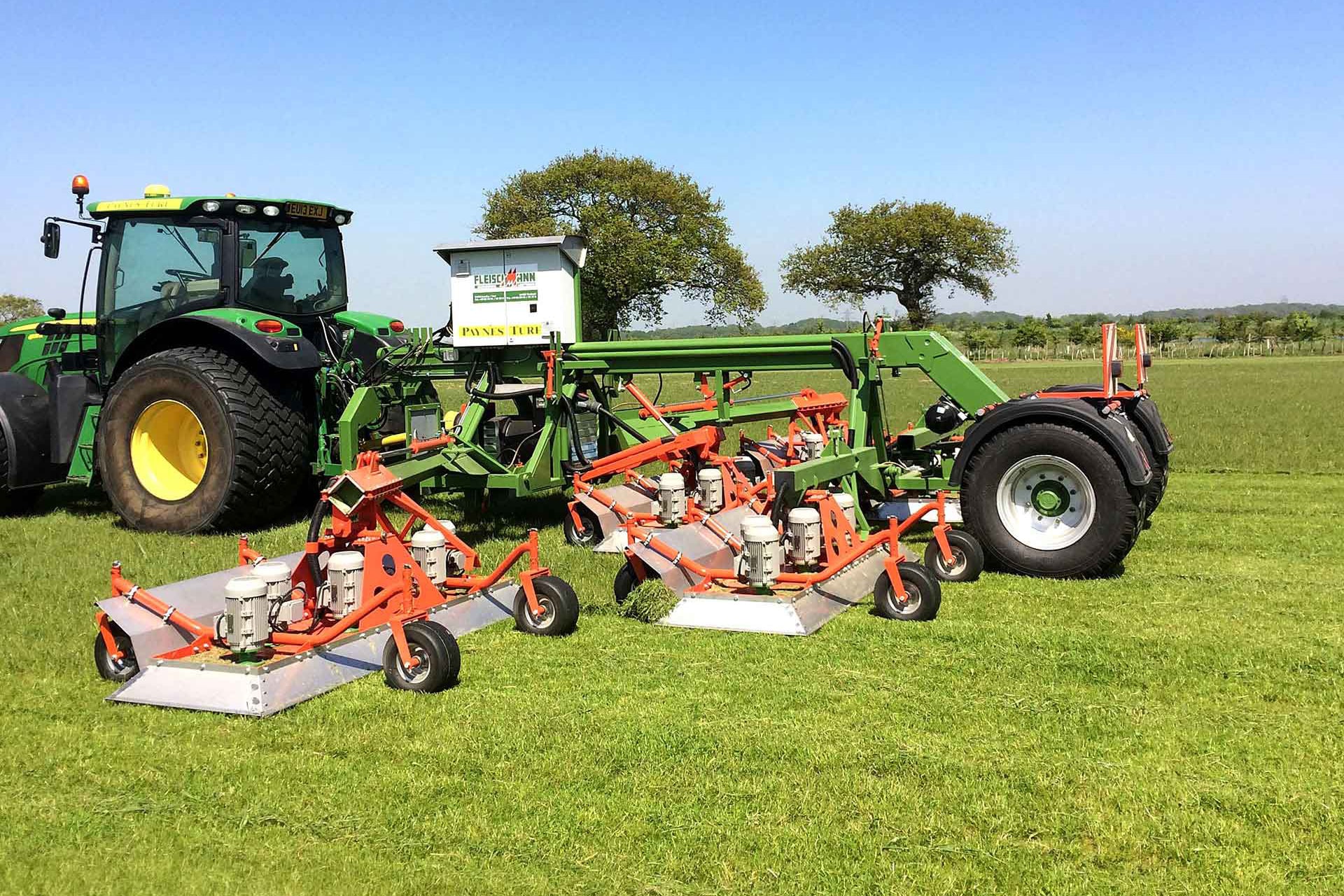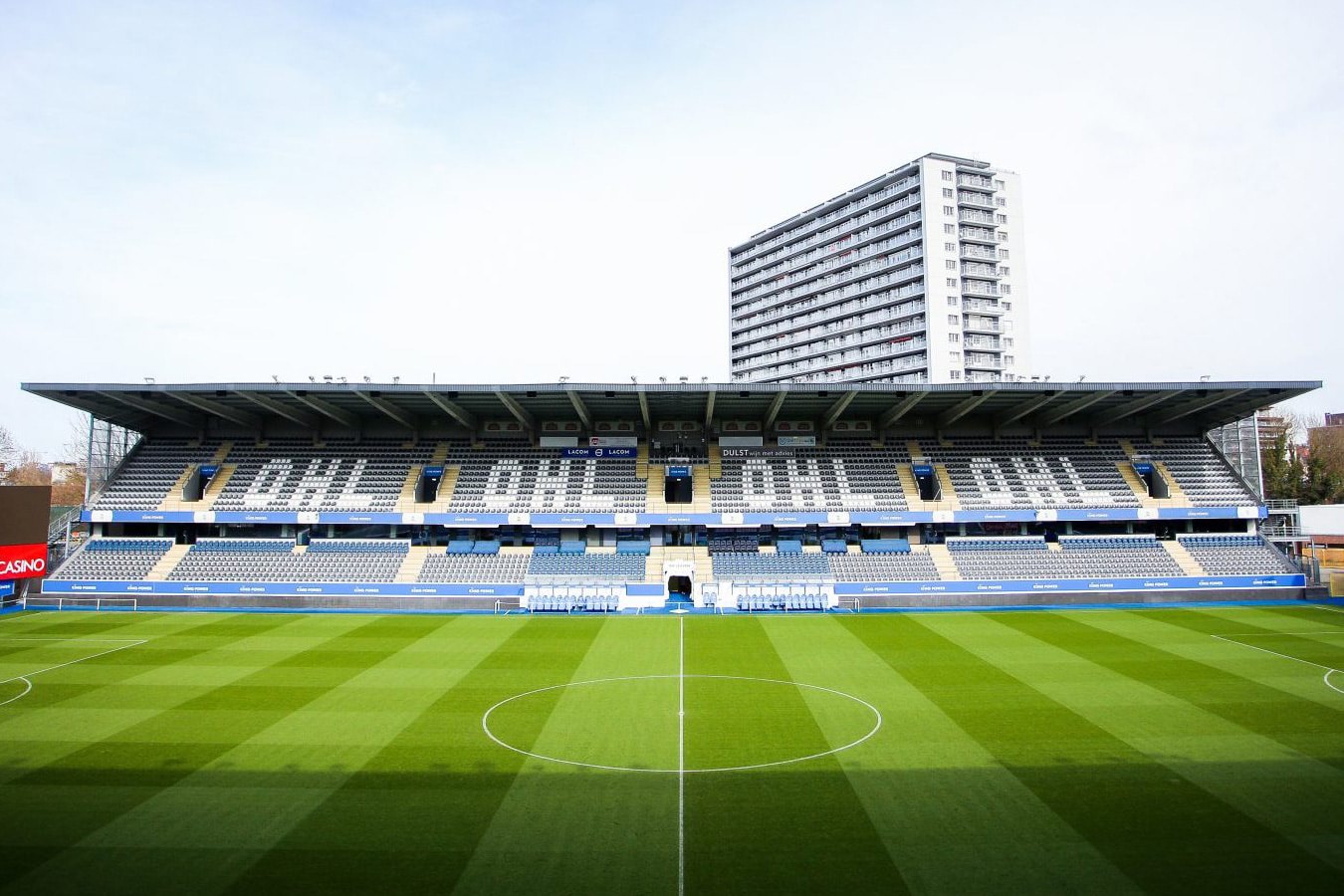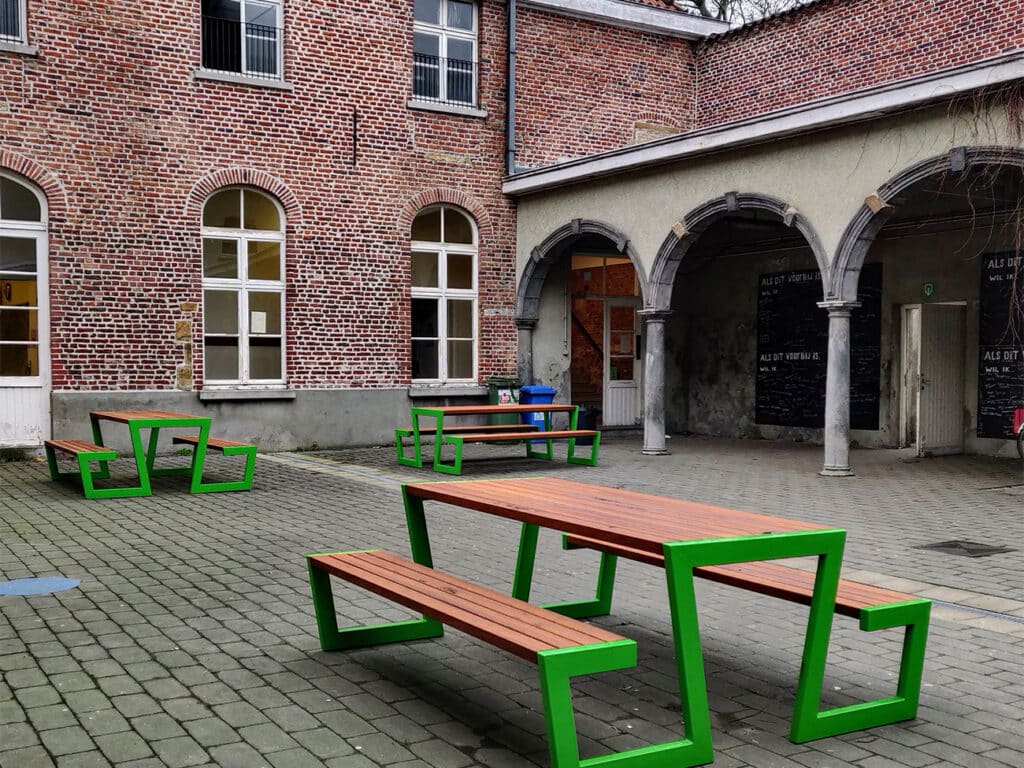
Custom street furniture completes picture
Gardens, parks and other green spaces, public or otherwise, are not just there to look at. For an optimal experience, they must also be designed functionally. This means that so-called street furniture should not be missing. Think of trash cans and bicycle racks in the public domain, but also benches and mailboxes in private gardens. Ideally, they should be included in the design concept from the outset.
In recent years, there has been a growing awareness that street furniture is not just an afterthought. They have noticed this at the West Flemish Metalware Claerbout. The specialist dealer in hardware, building hardware and machines saw that dustbins and other furniture were increasingly being included in specifications and expanded its range accordingly. Today, the company has a specialized department solely for street furniture, where the necessary knowledge and expertise has been gathered in addition to a complete range for both private gardens and public projects. Sales manager Steven Delaere shares some insights and tips here.

Own stamp on the garden ...
"In the garden, basically the same things are always placed: a mailbox, a fence and possibly a bench. More furniture is usually not needed. A lot of attention is paid to the appearance of those items, though. For example, the mailbox has long been considered a personal business card of the resident."
Although some clear trends can be identified, according to Delaere. "Think of the many solutions in Corten steel or the sleek black package mailboxes that you see popping up here and there today. On request, our stainless steel models can be painted in various RAL colors or provided with a name and/or house number. Meanwhile, we are also developing a full range in lighter and cheaper aluminum."
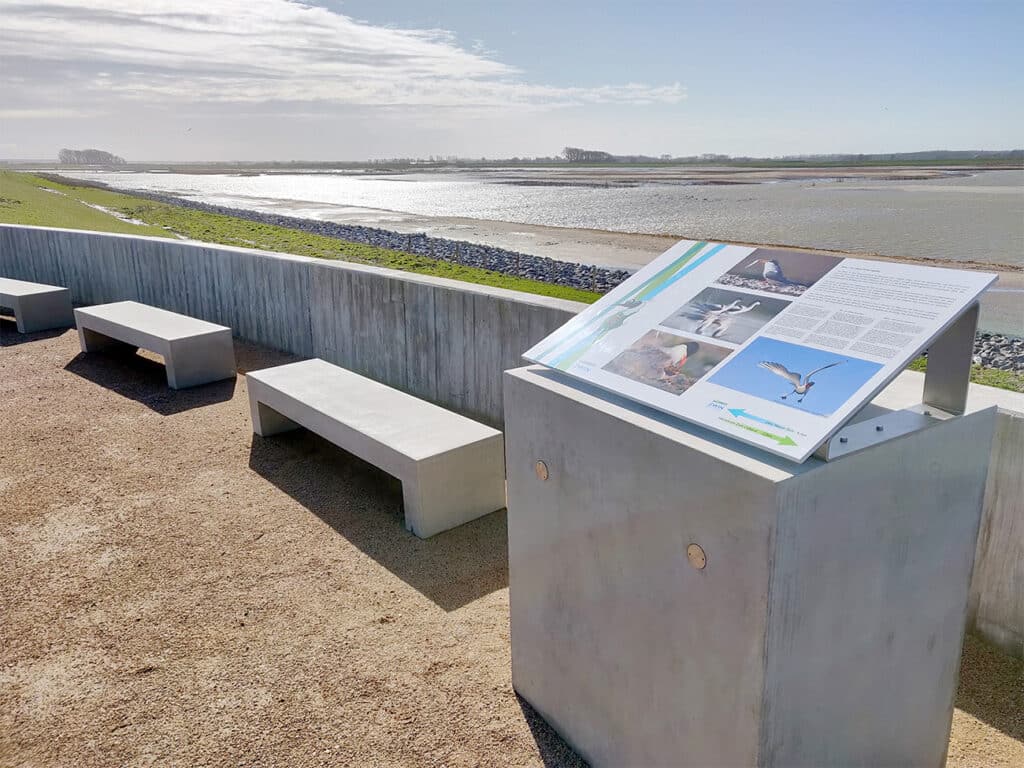
... or unity in the city
When it comes to larger projects, from a business environment to effectively the public domain, Delaere says individuality as a goal is best faded into the background a bit more. "In the past you regularly saw that with every street or neighborhood project or in every legislature a new choice was made for trash cans or benches. Knowing how much street furniture is thus gathered in the public domain, this sometimes led to an unmistakable cacophony."
That there is more attention today for visual unity is proven by, among others, the City of Ghent. "There, the city council has decided to replace the entire arsenal of trash cans with the same model over the next five years, in order to create peace and unity throughout the city."
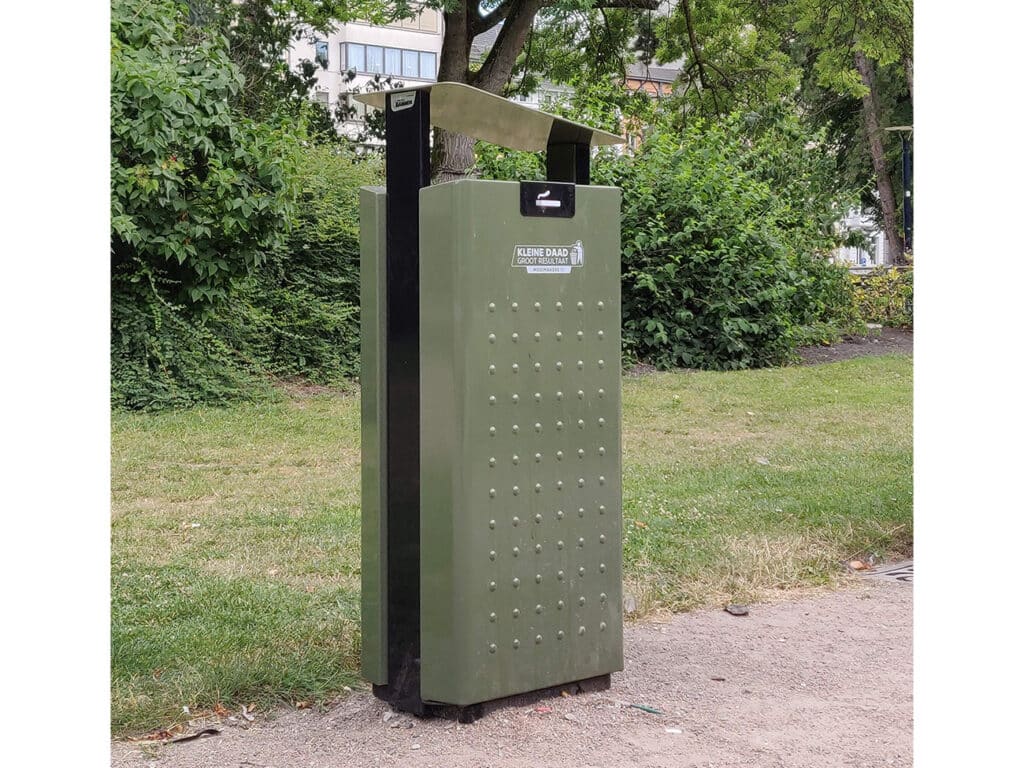
Tailored to the environment
Particularly in the public realm, Delaere emphasizes the importance of functionality and robustness, but essentially, the choice of materials in particular must always take into account the context in which the furniture ends up. "Of course, one situation is more challenging than another. In a public context, you will always have more risk of vandalism, for example. If you're on the coast, then you have to be especially careful with rust-sensitive elements, regardless of whether it's a public or private project. The same goes for wood and moisture-rich environments such as forests or wild gardens. The right material choices are not always obvious, so where necessary we are happy to assist our customers with advice."
In terms of dimensions, finally, street furniture must also be tailored to the environment. "The major European manufacturers work with standard sizes. Should adjustments have to be made to the dimensions, this is usually only possible for large runs. While this is not a problem for public projects, companies and private individuals - who often want just a little more individual leeway - obviously do not care. This is why we are increasingly turning to in-house production, which makes it possible to deal with such requests more flexibly, even for small runs."

